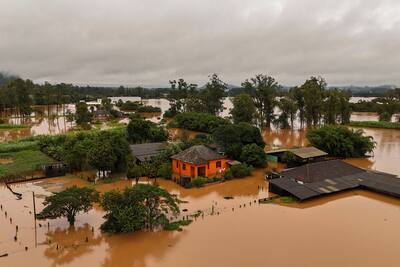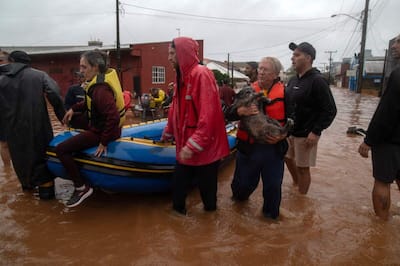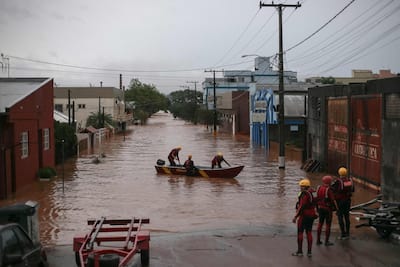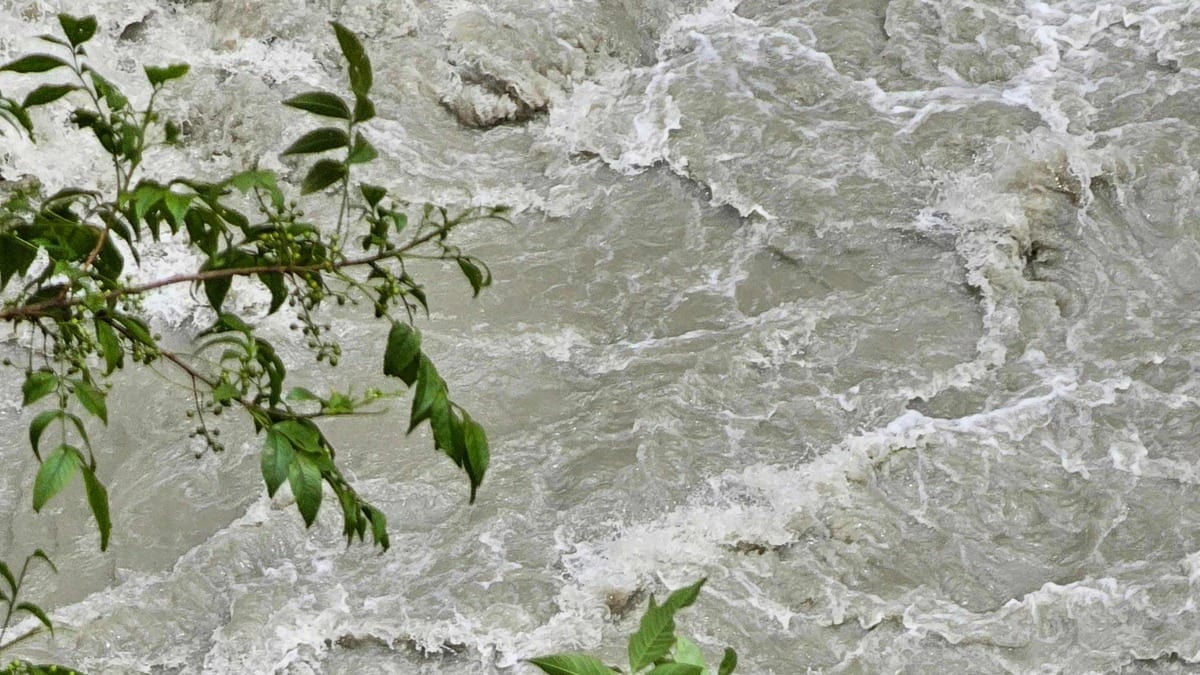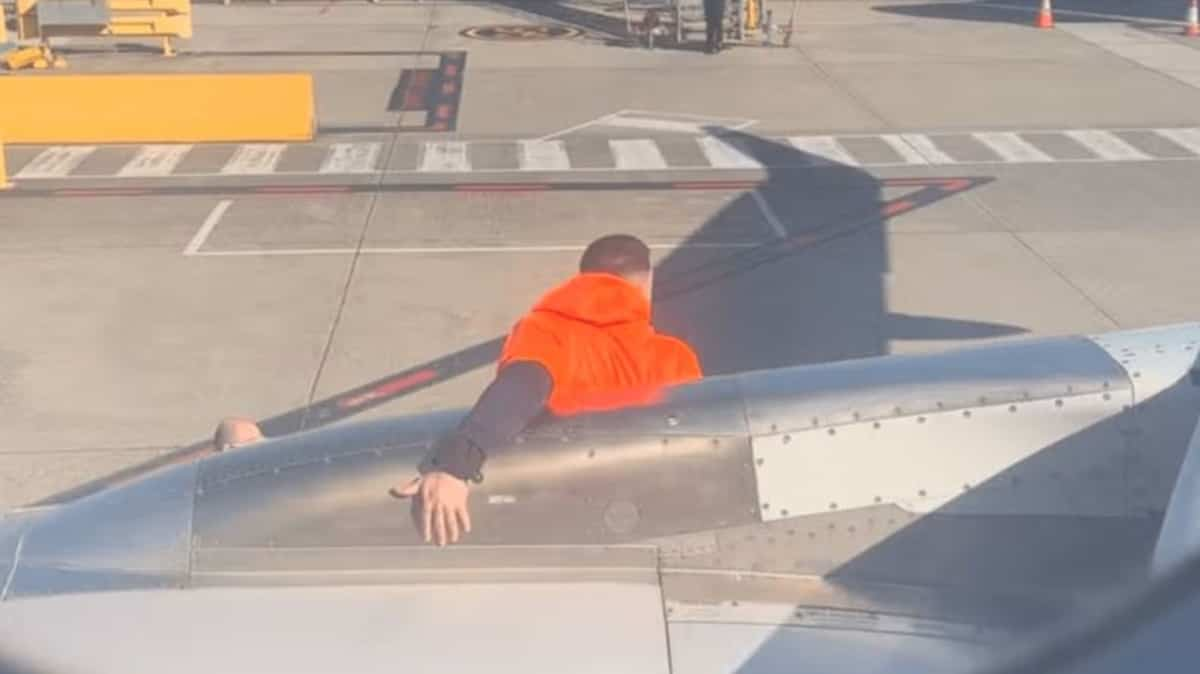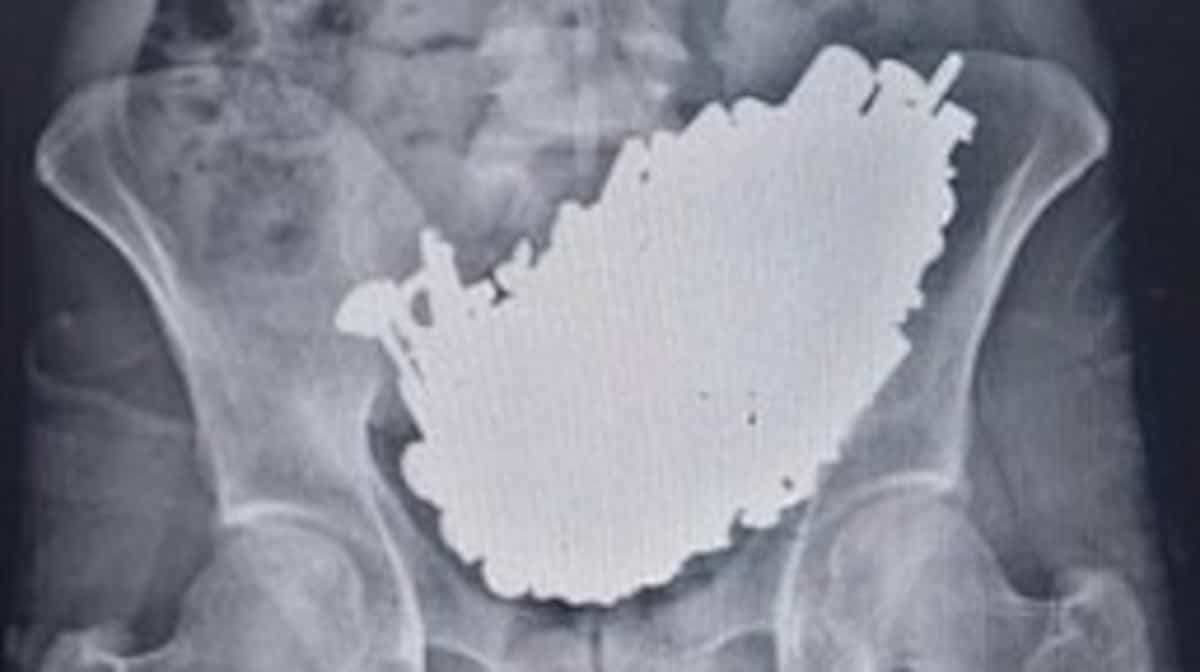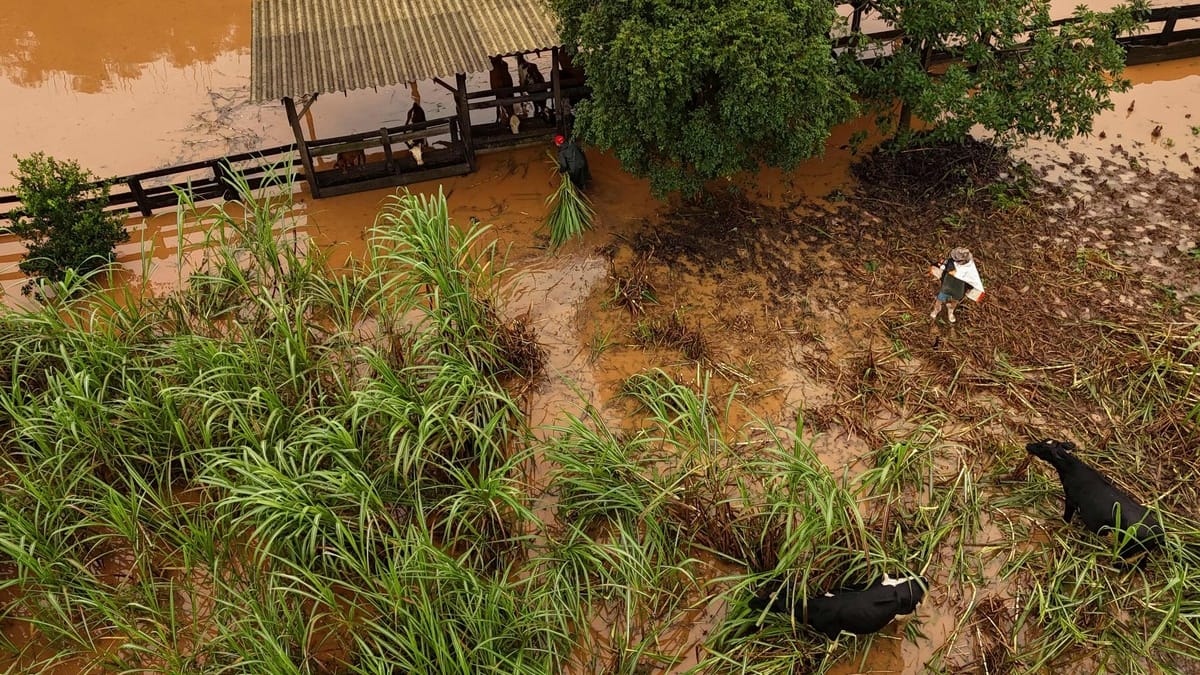
The death toll from the torrential rains that struck southern Brazil in recent days, with its procession of floods and landslides, reached at least 29 people on Thursday, while 60 people are still missing.
Throughout the state of Rio Grande do Sul, where President Luiz Inacio Lula da Silva has promised state aid, there are Dantesian scenes: massive mudslides, submerged homes and cars as far as the eye can see, and brutal evacuations of residents and animals. Risky conditions by emergency services.
For Governor Eduardo Leite, this is the “worst climate disaster” ever seen in this state bordering Uruguay and Argentina.
“I want to deeply regret all the lives lost. 29 deaths are currently registered, and with great pain I know there will be more,” he said at the end of the day, also announcing the loss of 60 people.
The previous report showed that 13 people were killed and 21 others were missing. Thirty-six infections were recorded.
“I have never seen anything like this before. Everything is under water and it will get worse. It is impossible to sleep and we do not know how much the water level will continue to rise,” Raul Metzl, 52, a resident of the town of Capilla de Santana, told AFP.
Aerial footage taken by Agence France-Presse shows entire sectors of this area invaded by waves, with only the rooftops of houses visible.
On Wednesday evening, a “state of general disaster” was declared in Rio Grande do Sul, which has been affected for several days by devastating storms and thunderstorms.
“Alleviate suffering”
Lula, who met the governor on Thursday in Santa María, one of the worst-hit cities, promised that Rio Grande do Sul “will not lack the means” human or material to deal with this tragedy.
More than 600 soldiers were scheduled to be sent as reinforcements for relief operations and to distribute food to the victims.
Accompanied in particular by Environment Minister Marina Silva, the Head of State stressed that the Federal Government has mobilized “100%” to “alleviate the suffering caused by this extreme natural event.”
The floods are concentrated in the central region of Rio Grande do Sul, where 154 areas have been affected.
According to the latest report issued by the Civil Defense, more than 10,000 people had to leave their homes, and about 4,600 of them were transferred to shelters.
Many roads are inaccessible, and water and electricity supplies are at risk for hundreds of thousands of people, according to local authorities. The cities are completely isolated, with no internet or mobile phone signal.
The governor ordered the evacuation of residents of six municipalities located in a mountainous area, due to the flooding of the Kai River.
Claudio Oliveira, a 54-year-old mechanic who lives in Capilla de Santana, is worried about his relatives who live in Montenegro, one of the municipalities in question, about twenty kilometers away.
“We can't do anything with her. Part of my family lives there, but I can't bring them to my house because we can't go get them.”
Rain is expected Friday
There was also concern after the partial collapse of a dam was announced in the other mountain town of Kutipora.
The Meteorological Institute Inmet forecast heavy rain until Friday.
Classes have been suspended until further notice in schools in Rio Grande do Sul, as well as football matches scheduled for this weekend.
In September, at least 31 people died in this state after a devastating hurricane.
According to experts, global warming increases the intensity and frequency of extreme weather events that occur one after another in Brazil. The situation is further exacerbated by the El Niño climate phenomenon.
Scientists estimate that current global temperatures are about 1.2 degrees Celsius higher than in the mid-19th century, leading to increased floods, droughts and heatwaves.

